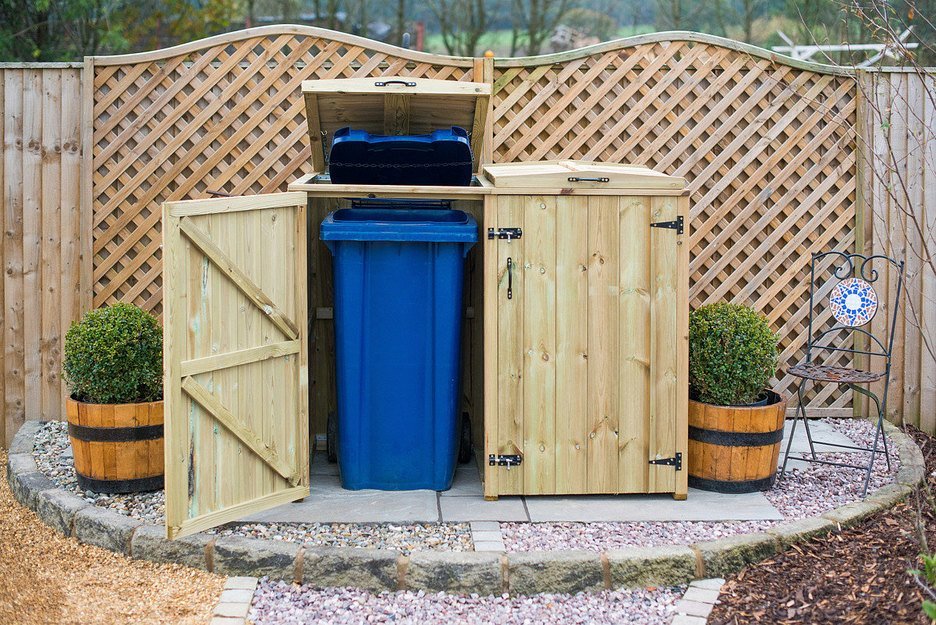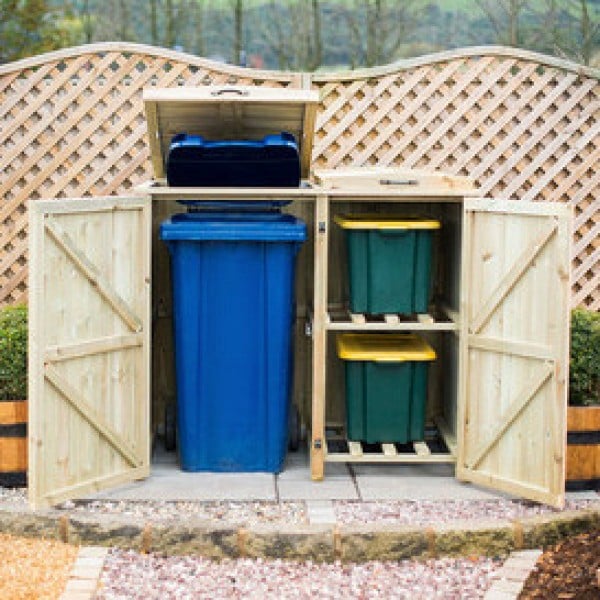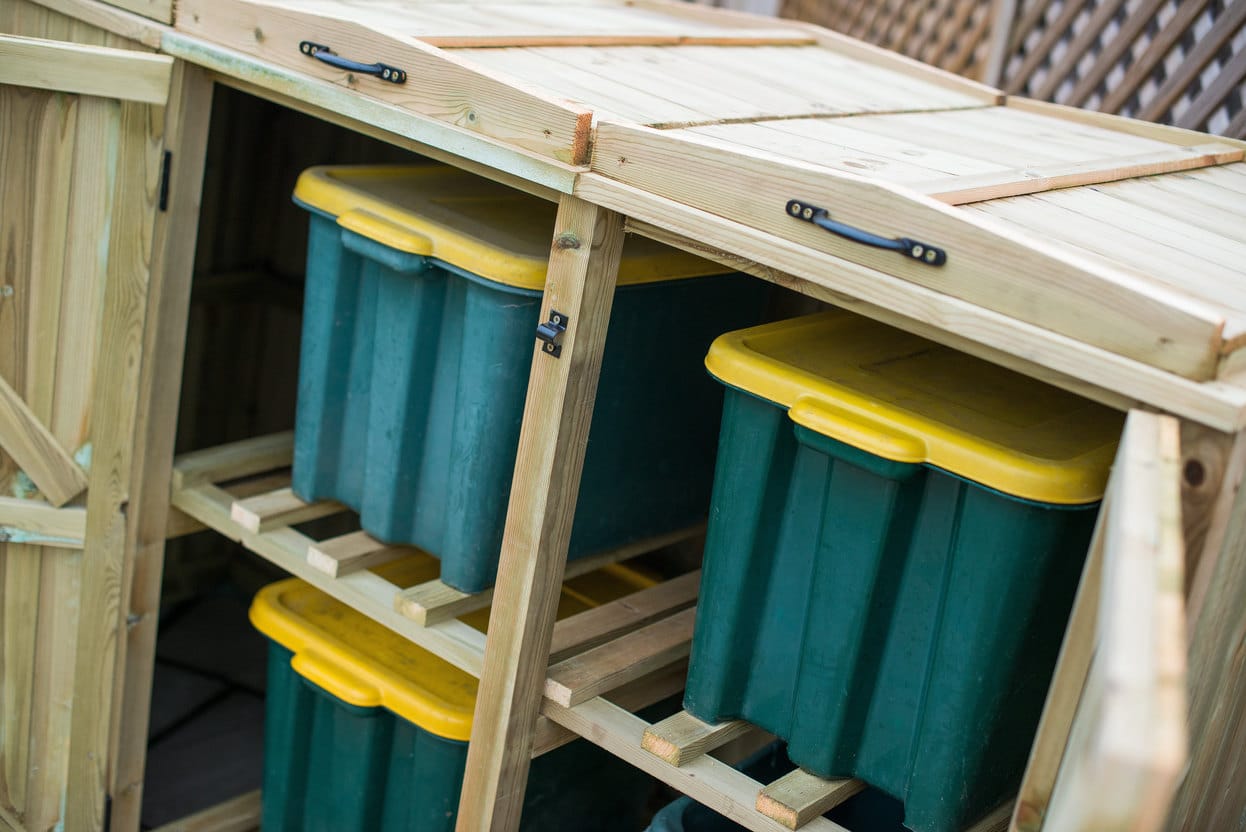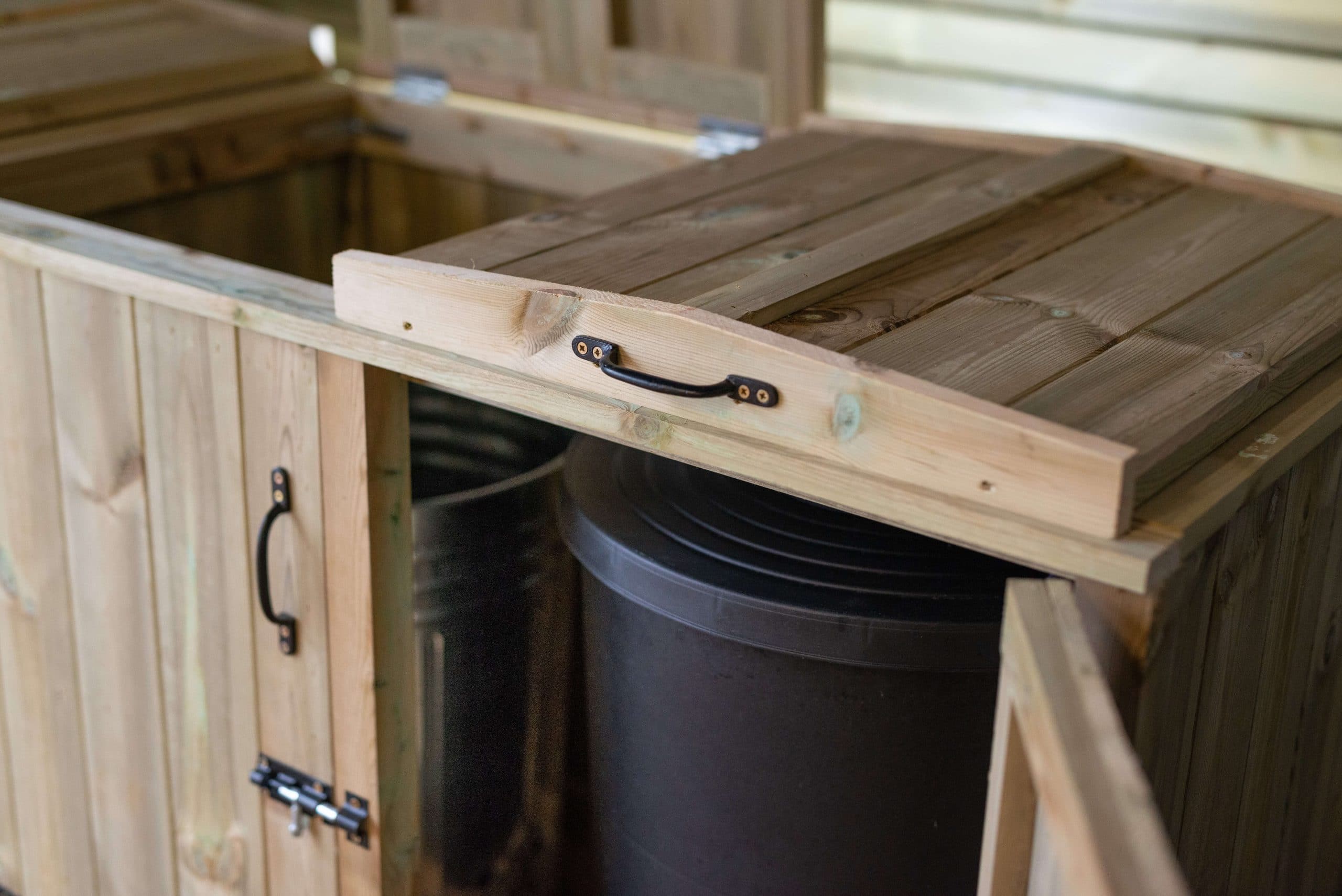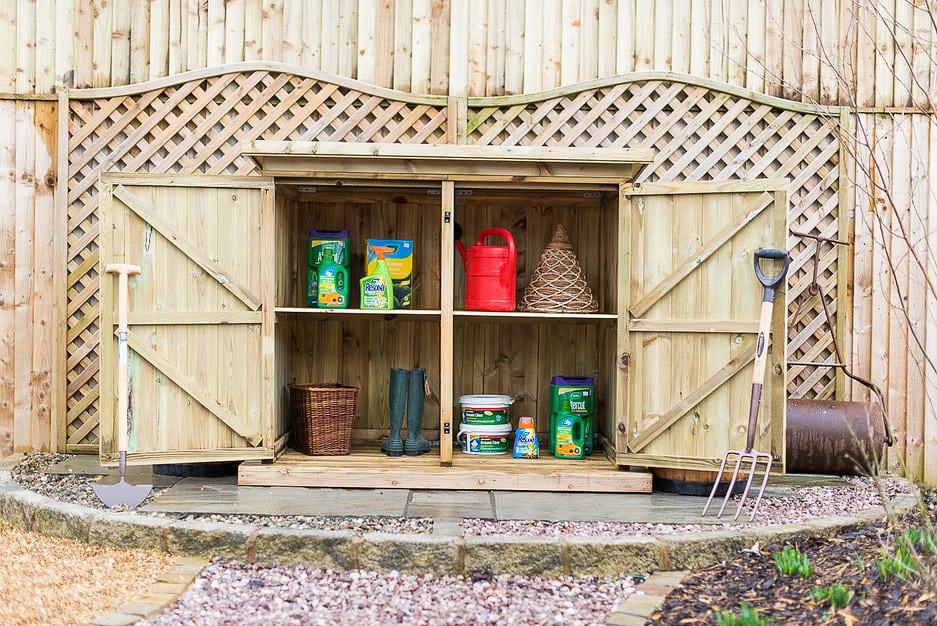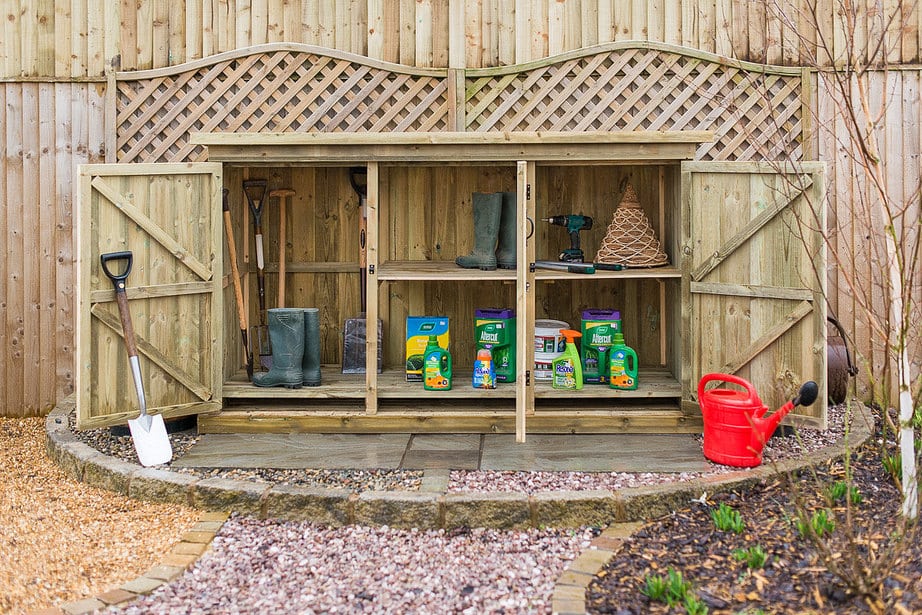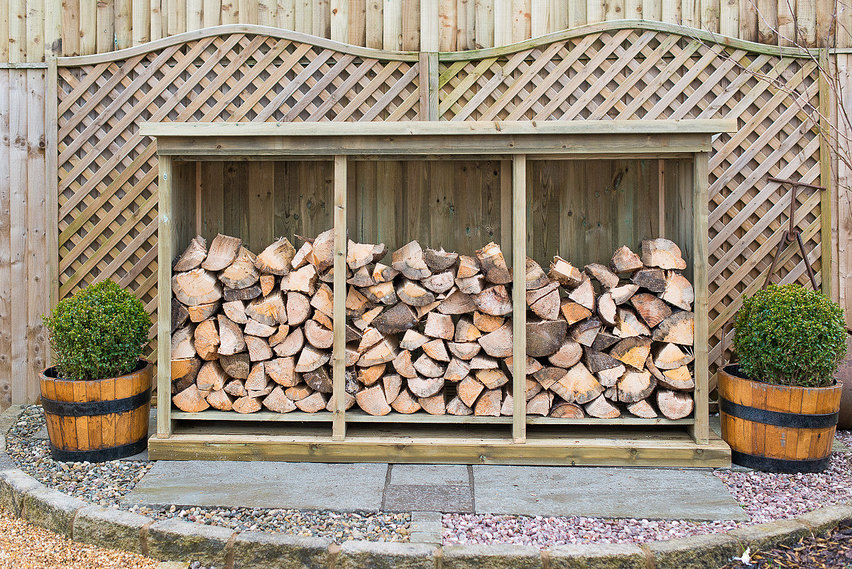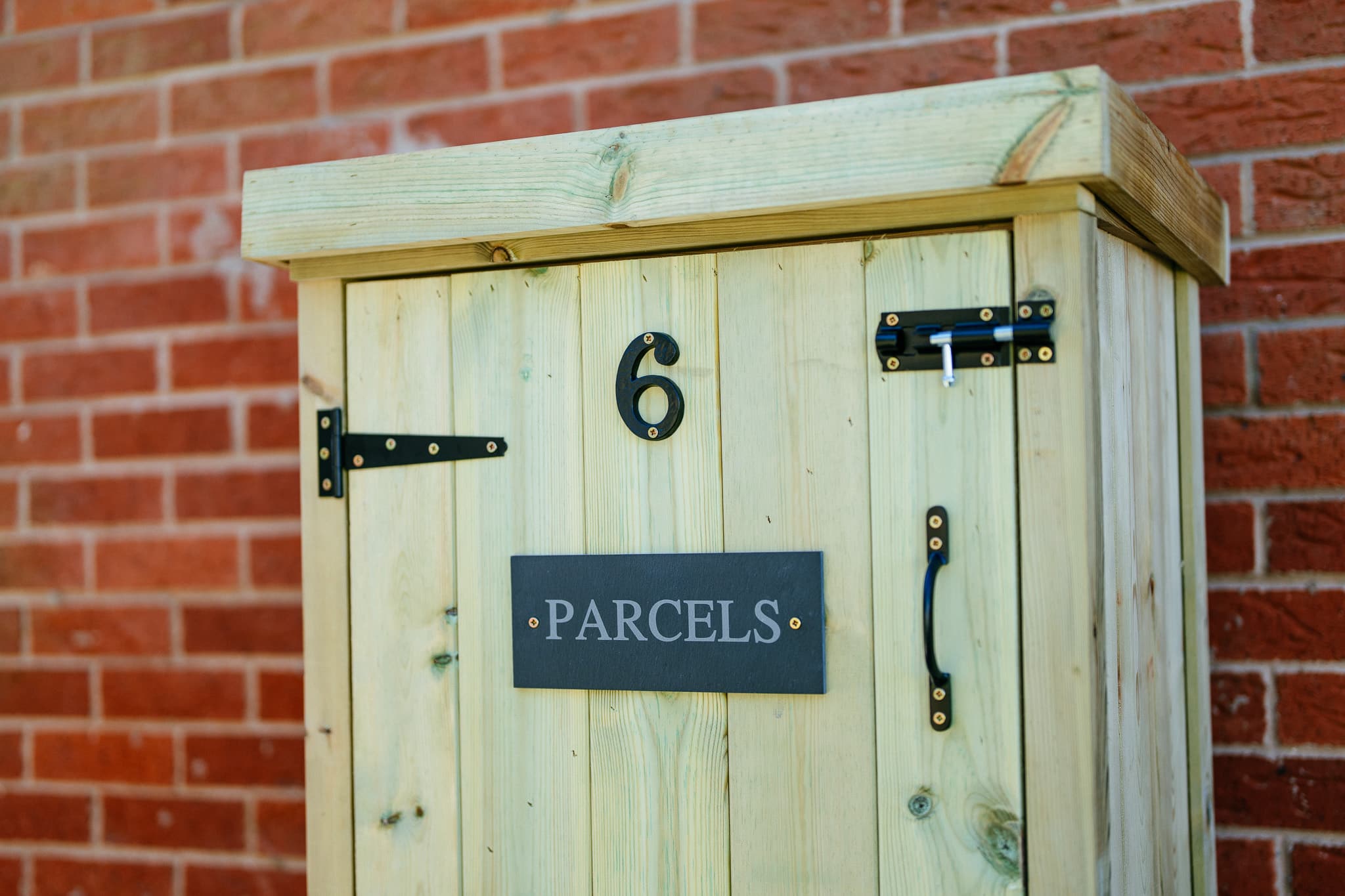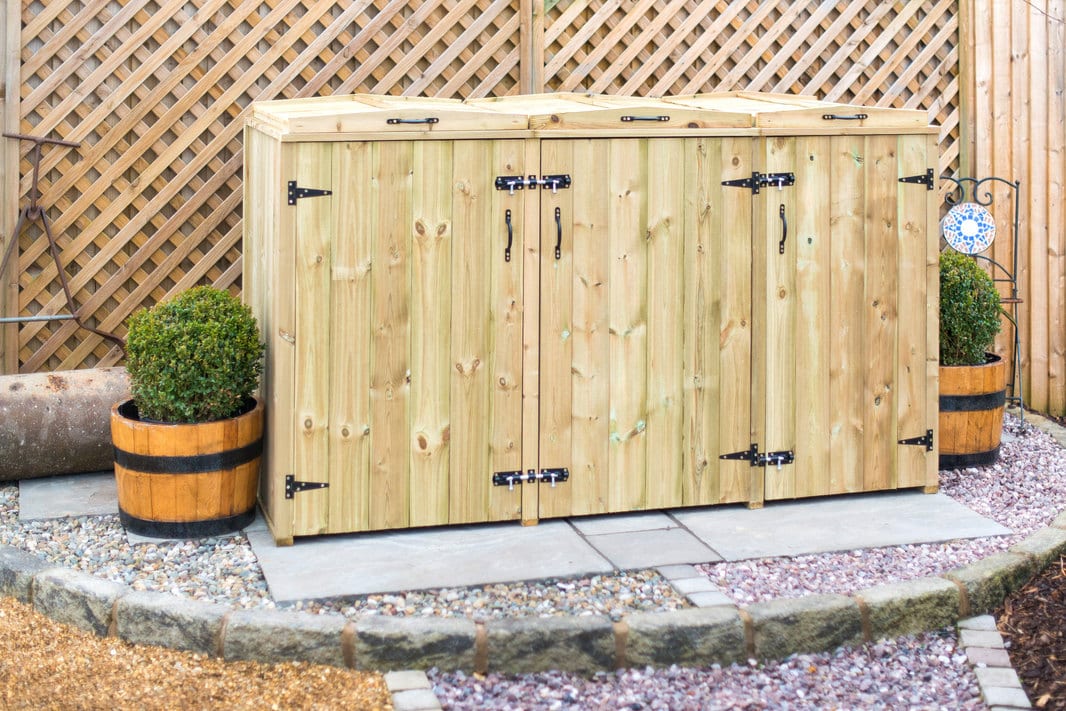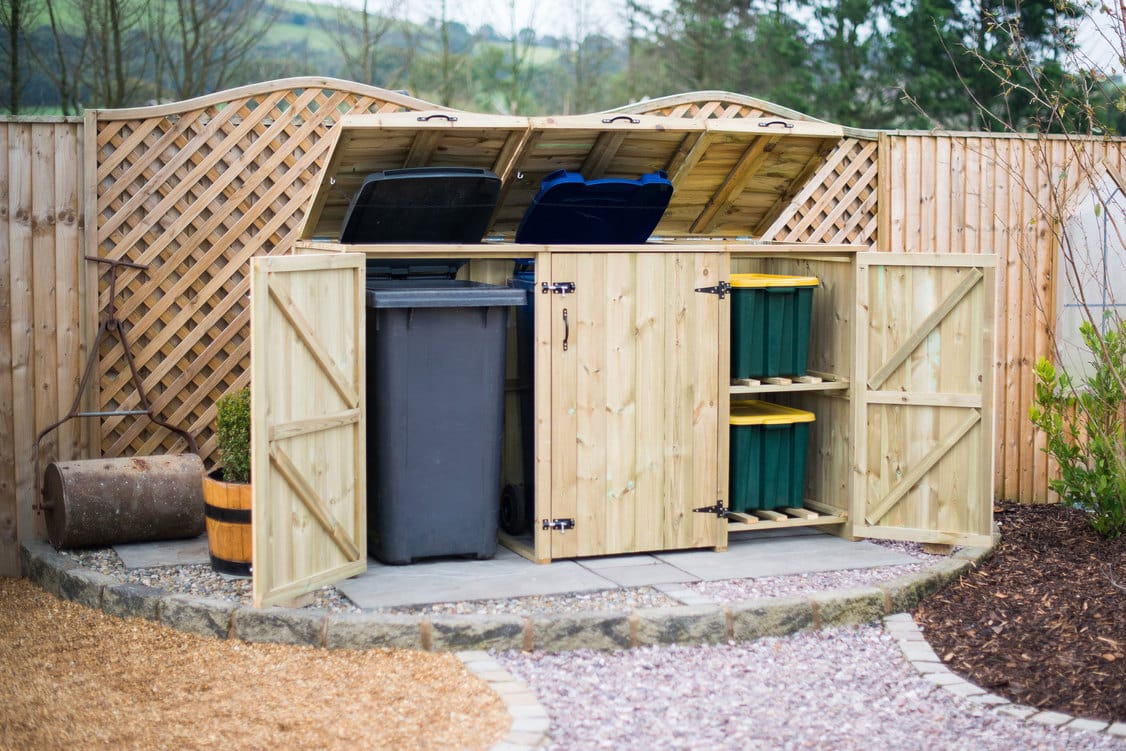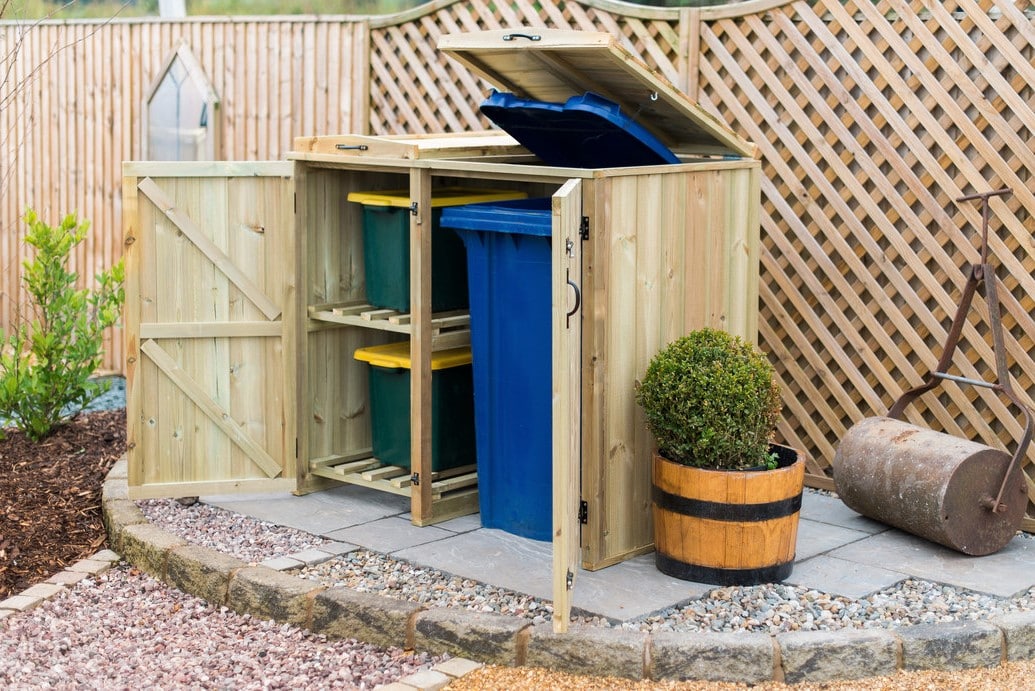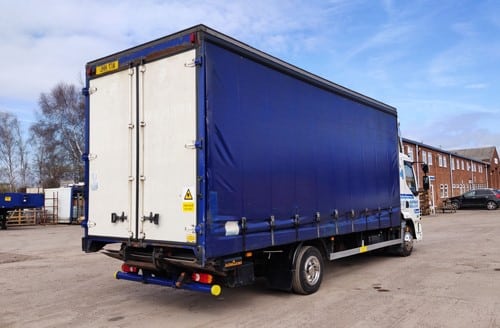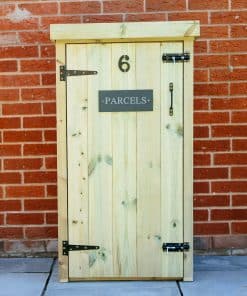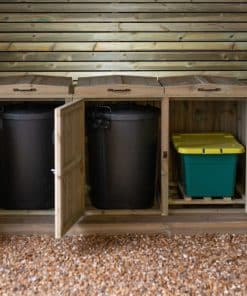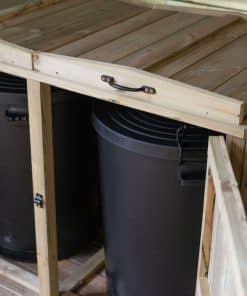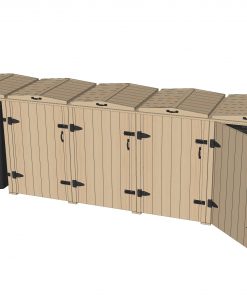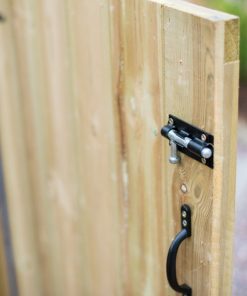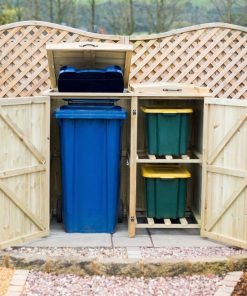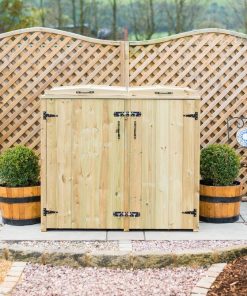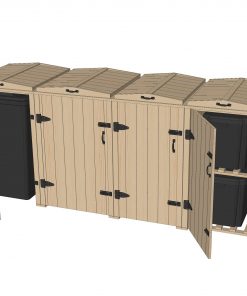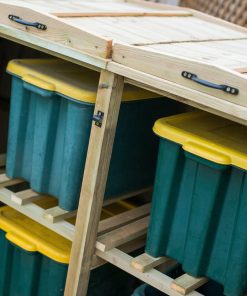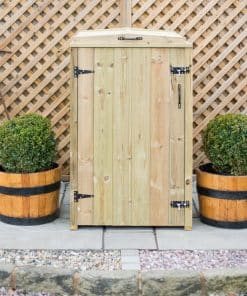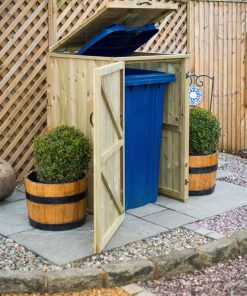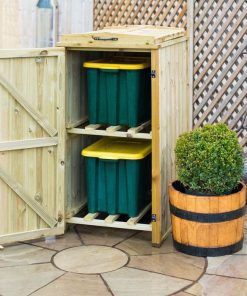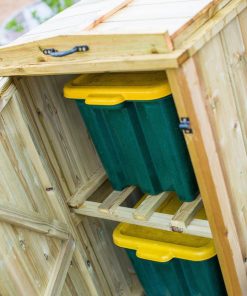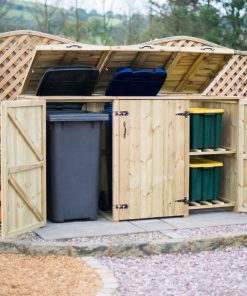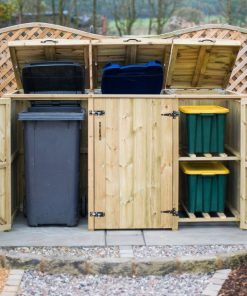Home • Bin Calculator
How Many Bins Do I Need For a Block of Flats?
If you are designing a single dwelling, a new development or a large block of flats, it's important you take into account the waste management guidelines before you submit your planning application. There are a number of issues associated with waste storage/collection and any developer or architect has to make a number of considerations at the planning stage, this often includes:
- the arrangements you need to make for different types of developments
- the number and size of rubbish and recycling bins to be provided, and the amount of space you must leave
- the maximum distances between the bins can be stored from homes or collection points
- the sort of access you need to allow for rubbish collection trucks, and for people living or working in the new buildings to get to the bins
- alternative types of waste management systems, including food waste disposers, which could help to reduce the amount of waste that is put out for collection
Our bin choice calculator has been designed for anyone working in the property industry to work out how many bins are required. So if you need to know how many bins a block of 30 flats will require and their footprint we're here to help:
Wheelie Bin Dimensions
- 140 Litre Wheelie Bin: 1060 x 480 x 550mm (H/W/D)
- 180 Litre Wheelie Bin: 1060 x 480 x 730mm (H/W/D)
- 240 Litre Wheelie Bin: 1060 x 575 x 730mm (H/W/D)
- 360 Litre Wheelie Bin: 1080 x 580 x 875mm (H/W/D)
How Much Rubbish Does Each Bin Hold?
- 140 Litre: 2-3 refuse bags
- 180 Litre: 3-4 refuse bags
- 240 Litre: 4-5 refuse bags
- 360 Litre: 6-7 refuse bags
Bin Choice Calculator
Enter the number of households and the litres required per household here. The calculator will then return the number and type of containers with the smallest footprint (in m2).
What This Calculator Shows
This calculator provides an estimate of how many bins you will need for a development and the size of bin that will provide the smallest footprint (the smallest footprint is always the top row in the table). Recycling and Refuse are treated individually e.g. if you input 75 as the required litres for each household, the calculator will treat this as 1 x container for 75 litres for recycling, and 1 x container for 75 litres of general waste.
Typical Litre Usage Per Household
If you are unsure of how many litres of refuse and recycling a household will typically produce use the guide below:
| TYPE OF PROPERTY | LITRES REQUIRED |
|---|---|
| Student flat with shared kitchen | 75 |
| Flat with 1-2 bedrooms | 125 |
| Larger flat | 175 |
Wheelie Bin Size Guide
| SIZE | H | W | D | FOOTPRINT |
|---|---|---|---|---|
| Litre | mm | mm | mm | m^2 |
| 240 | 1100 | 580 | 740 | 0.4292 |
| 360 | 1115 | 665 | 880 | 0.5852 |
| 700 | 1325 | 1250 | 720 | 0.9000 |
| 770 | 1350 | 1250 | 785 | 0.98125 |
| 1100 | 1470 | 1250 | 980 | 1.225 |
Things to Remember
Every council across the UK has their own specific guidelines for waste management but in general, the following requirements are to be met:
- Bins should be easily moveable from the storage area to the collection point.
- The design and materials of bin storage areas should be in keeping with the rest of the development.
- Bins should not have to be moved through a dwelling.
- There should be sufficient space for the storage of bins.
- The minimum requirements for a single dwelling will be for storage to accommodate 1×240 litre recycling bin and 1×180 litre waste bin.
- A 3 bedroom house will need a 240-litre waste bin and larger dwellings will need a 360-litre recycling bin.
- There should be room for at least 150mm clearance between each bin as well as enough circulation space for moving the bins in and out of the store.
Things to Consider For Bin Storage
Wheelie bins are extremely unsightly and can damage the visual amenity of an area and contribute to increased levels of anti-social nuisances like odour and litter. As a result, bin storage should be planned carefully. The space for bin storage should be considered from the beginning of the design process in order to avoid having to retrofit bin stores into gardens or outdoor areas.
The character of the surrounding area should not be compromised and developers need to pay particular attention to any impact on listed buildings and conservation areas. As well as the design complimenting the area, a practical design also plays a part and adequate ventilation should also be provided. This ventilation should be sufficient to prevent the build-up of odour within the bin store and protect against flies and vermin. Communal storage areas should have provision for washing down and draining the floor into a system suitable for draining a polluted effluent.
Finally, the size and layout of each bin storage area must be designed to accommodate a sufficient quantity of refuse and recycling bins for the number of dwellings that the storage area is likely to serve. Where more than one bin storage area is being provided, consideration should be given to the likely usage of each storage area so that they are sized appropriately.

